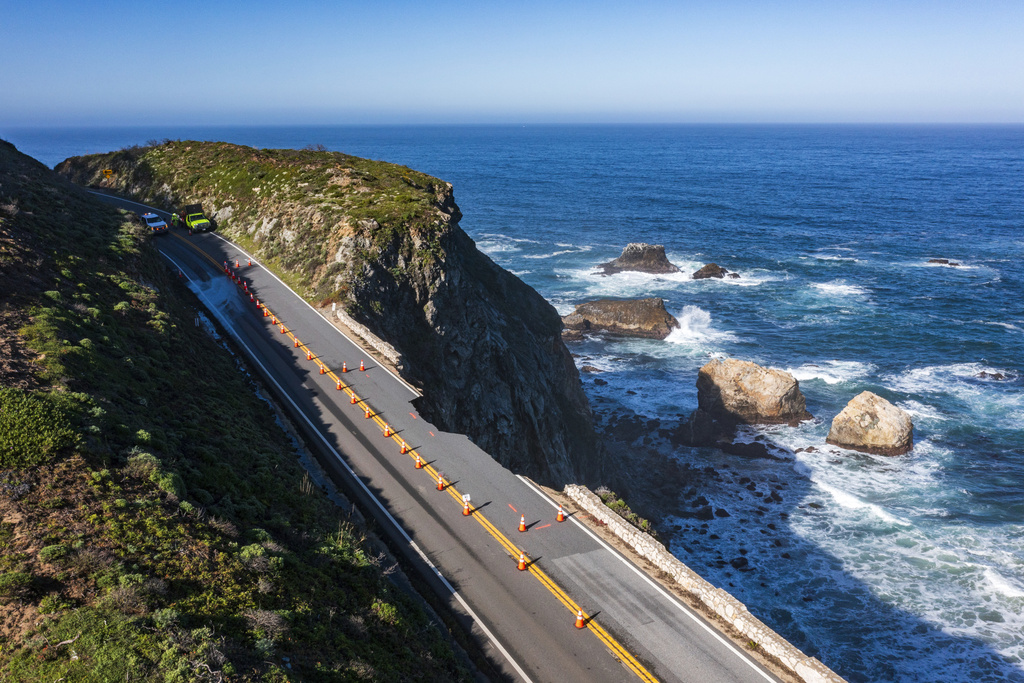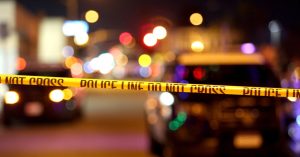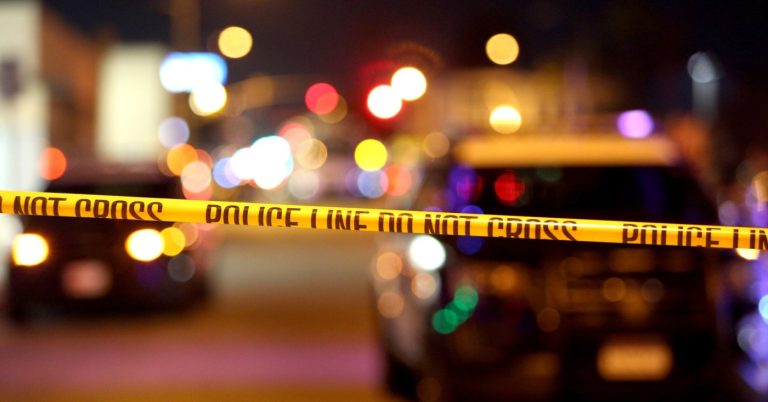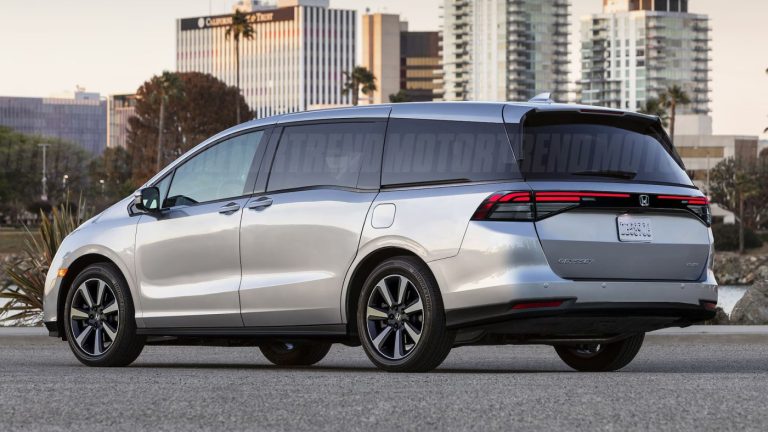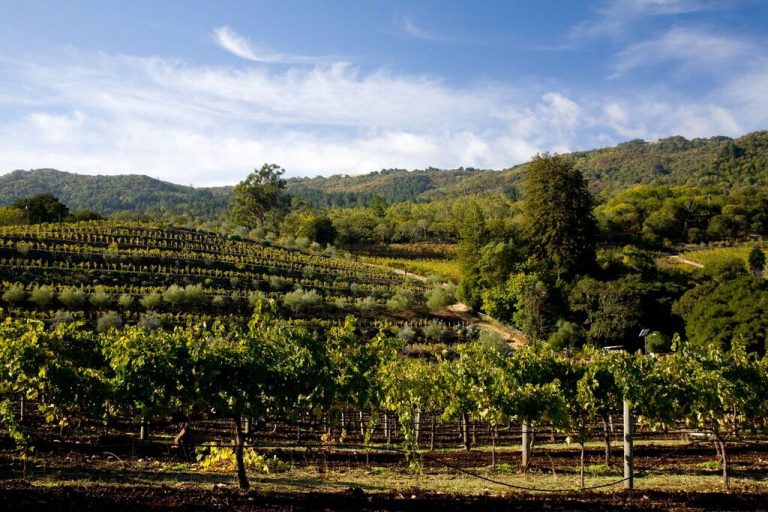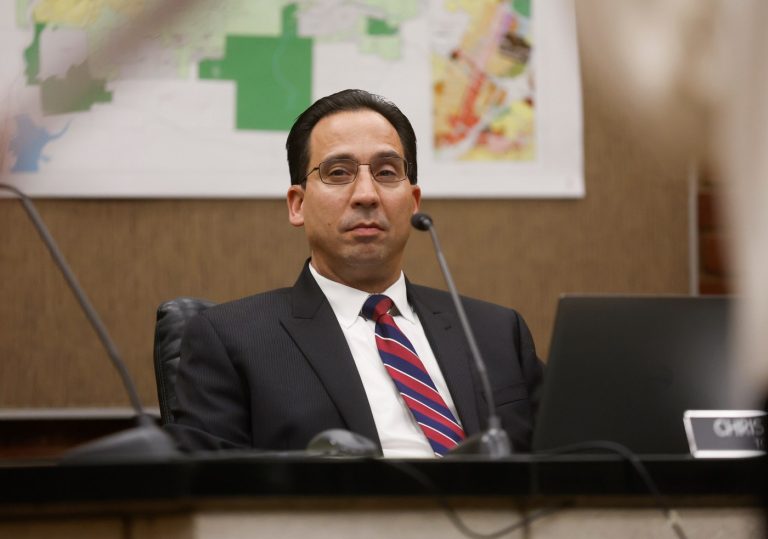BIG SUR — Just in time for summer travel, Caltrans will spend nearly $27 million to fix a section of Highway 1 in Big Sur after part of the road crumbled and fell into the ocean last month, agency officials said.
Caltrans anticipates completing the initial repair work to stabilize the edge of the scenic and precarious ribbon of highway south of the Rocky Creek Bridge by Memorial Day, May 27.
“We know how important Highway 1 is to the regional economy, especially during the summer, so we are working to reopen the roadway as quickly and safely as possible while at the same time making it more resilient to future extreme weather events,’’ said Caltrans Director Tony Tavares in a statement.
Traffic has been reduced to one lane since the the collapse Easter weekend. Entry into Big Sur is now limited to residents with valid identification and emergency workers only, and twice daily convoys on one lane of the highway allow locals to leave and return to Big Sur. One-way traffic will continue until road work is completed and the work has cleared safety inspections.hinders access to some of the most popular places in Big Sur.”]
Related Articles
How did Gaza protesters stay on Bay Area freeways for so long, and how did CHP remove them?
38 arrested in connection with Gaza war protests in Bay Area
First data on South Bay’s new turbo roundabout are in — with surprising results. Is it really safer?
They said it: Airport irony
What’s in a name? Oakland airport’s identity crisis has two cities in a tug of war
The highway is closed to general traffic from the north at Palo Colorado to just south of Limekiln State Park. The closed section is about 17 miles south of Monterey.
But it seems people are already clamoring to get to Big Sur as an estimated 50 to 60 cars carrying tourists are turned around each day, officials said.
Once the roadway edge is stabilized, crews will install a temporary signal and open Highway 1 to unrestricted traffic using alternating one-way traffic control.
“It will be a big milestone when the temporary signals are placed,’’ said Caltrans District 5 spokesperson Kevin Drabinski.
Big Sur — a 90-mile stretch of coastline between Carmel to the north and San Simeon to the south — is a tourist hot spot all year round but especially between April and October. With at least 300 days of sunshine a year, dramatic cliffs, towering redwoods and breathtaking ocean views, tourism officials say an estimated 4.5 to 7 million people visit the coastal communities annually, pumping hundreds of millions of dollars into the local economy.
But when rain-soaked Highway 1 fails, the economy takes a hit.
Kirk Gafill, the president of the Big Sur Chamber of Commerce estimates that the hotels, art galleries, restaurants, parks and shops are losing several hundred thousand dollars a day collectively because of the latest road closure.
Gafill and other community leaders are hopeful that the repair work goes as planned and that the community rebounds quickly.
“The Big Sur community looks forward to a return to normal access from the north during the summer months, which are a critical period for our guest serving businesses, while work carries on to repair road damage due to rock slides on the southern end of Big Sur,’’ said Ryne Leuzinger, president of the board for the Community Association of Big Sur, an organization that focuses on the health, safety, and welfare of residents and visitors.
While Big Sur, with just 2,000 year-round residents, relies on the tourist dollar to stay afloat, five years ago, all the tourism became, well, pretty overwhelming.
When pictures and reports of tourists behaving badly began increasing in the coastal hamlet, an anonymous resident began an Instagram account called BigSurHatesYou. It was intended to get the droves of tourists to stop trampling wildflowers, stealing sea shells off the beaches, camping illegally and snarling traffic on Highway 1 while taking selfies.
To drive home the point, the Community Association of Big Sur created the “Big Sur Pledge” asking visitors to follow the rules of the road, respect natural resources, camp only where allowed, be fire safe and leave no trace behind.
It seemed to have worked.
“The Big Sur Pledge has been successful in that it has been signed by thousands of people, thus drawing more attention to thoughtful, low-impact ways of enjoying Big Sur as recommended by residents here,’’ Leuzinger said.
Caltrans Repairs Underway
Since the roadway failed on March 30, Caltrans has widened and improved drainage on the northbound shoulder, placed concrete barriers along the centerline to keep workers and convoys safe and installed rock dowels next to the western edge of the road. More work to stabilize the roadway along the cliff side is scheduled, Caltrans said.
Better drainage at the site is expected to help the road better withstand extreme weather, which is what Caltrans said caused the recent slide in the first place. While Caltrans expects to have the work completed by Memorial Day, it’s Mother Nature who is really in charge. Because some of the work requires crews to work from a crane basket over the edge of the road, winds can’t be stronger than 25 miles an hour. Heavy rain could also delay work, Caltrans said.
Meanwhile, Caltrans says crews are making progress with repairs at three other major slides on Highway 1 in Big Sur.
Work at the Dolan Point Slide, located six miles south of Julia Pfeiffer Burns State Park, is underway and that stretch of road is expected to reopen in mid-May. Repairs at Regent’s Slide are expected to start within the next three weeks and be completed 100 working days after crews begin work, Caltrans said. That portion of the highway is expected to reopen in the early fall. At Paul’s Slide, crews are preparing for the final alignment of the road, which will also begin in the coming weeks.
